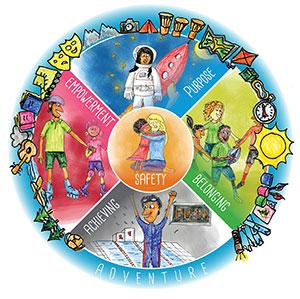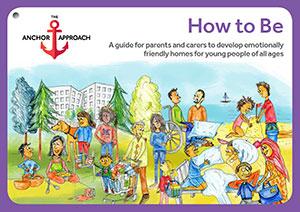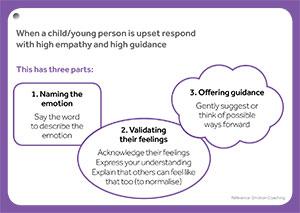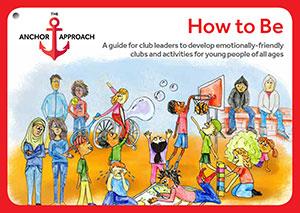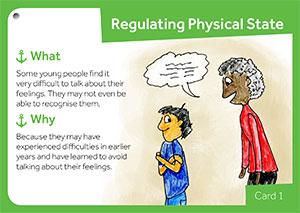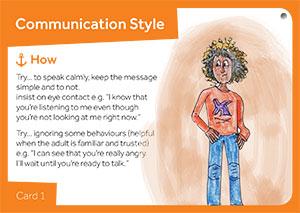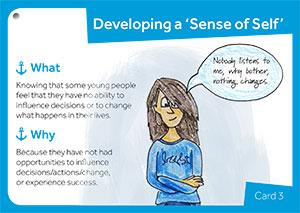
Supporting children and their families to live resilient and stable lives
Context | Model | Training | Tools | Resources | Conferences and events
Schools | Health professionals | Social care | Parents and carers | Club leaders
The Anchor Approach - Working Model
 Our model of working
Our model of working
The Anchor Approach has three defined strands to build resilience and wellbeing:
- Meeting bio-social (growth) needs
- Managing self - considering our responses to others
- Managing the environment - considering how the environment could be adapted
The Resilience Wheel
Meeting bio-social (growth) needs (click on the image below for a bigger version of the wheel)
The resilience wheel is derived from the ‘circle of courage’, developed by Dr Larry Brendtro, Dr Martin Brokenleg and Dr Steve Van Brockern; outlined in their 2002 book, Reclaiming Youth at Risk. Research into traditional cultures underpins this work.
Adults can use the wheel to assess areas of strength, areas for development and to plan interventions to support growth needs including: belonging, achieving, empowerment and purpose so that children and young people thrive. Balance in these four areas creates feelings of safety and an ability to experience appropriate adventure to support children to be creative, learn and to step outside their comfort zone.
The resilience wheel can be used to inform assessment and planning in education plans such as: Pastoral Support Plans, Education Health Care Plans and Personal Education Plans. The resilience wheel forms part of the Haringey health and wellbeing tool. It can be used when dealing with conflict, anger, challenging incidents or to support children and young people who are very quiet or separate from the group.
How to Be
Managing self and the environment (click on the images below for bigger versions)
In addition to the resilience wheel, How to Be adopts an Emotion Coaching approach. This is a relational model which is evidence-based. Developed by American psychologist John A Gottman, it was further developed in the UK by Dr Janet Rose and Louise Gilbert of Emotion Coaching UK. This supports adults to respond in a way that promotes emotional development.
How to Be provides guidance for adults on how to increase emotional regulation for improved behaviour and increased concentration by focusing on soothing/regulating, communication style and developing a ‘sense of self’/perception of ourselves. This is informed by neuro-scientific research.
Where it sits in Haringey’s strategic plan
The Anchor Approach is the model being adopted by Haringey Children's Service staff to support resilience and wellbeing across the borough.
What has been achieved so far
- Tools and training developed and links made with schools, social care, health professionals, family support, school nurses, school governors, alternative provision and local area coordination.
- Held highly successful conferences launching the Haringey Relational approach to resilience model. Dr Larry Brendtro and Dr Janet Rose have been keynote speakers and set the national and international research context to the Haringey approach.
- The Emotional Wellbeing lead role was established in schools in September 2016 and the termly multi-agency Emotional Wellbeing Forum is well-attended and held in high regard.

